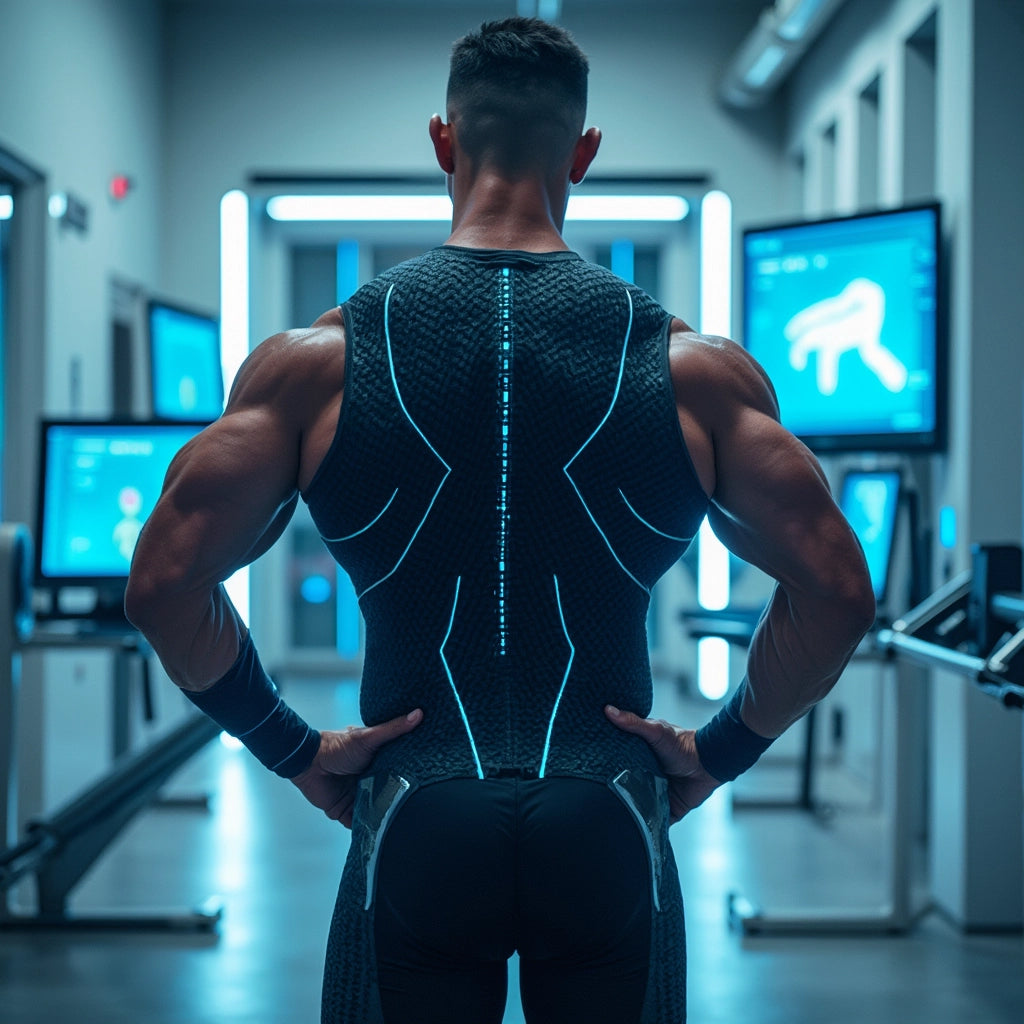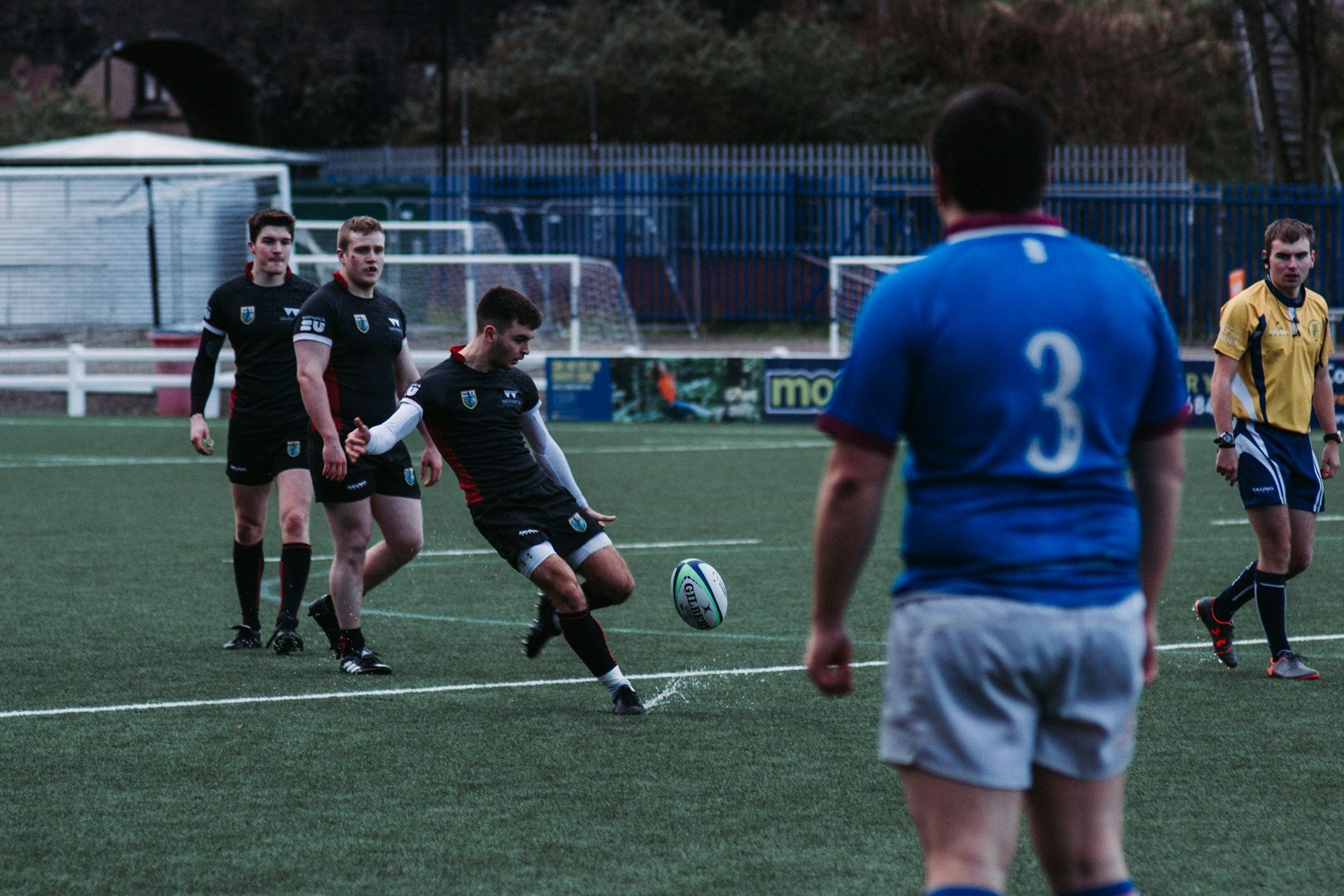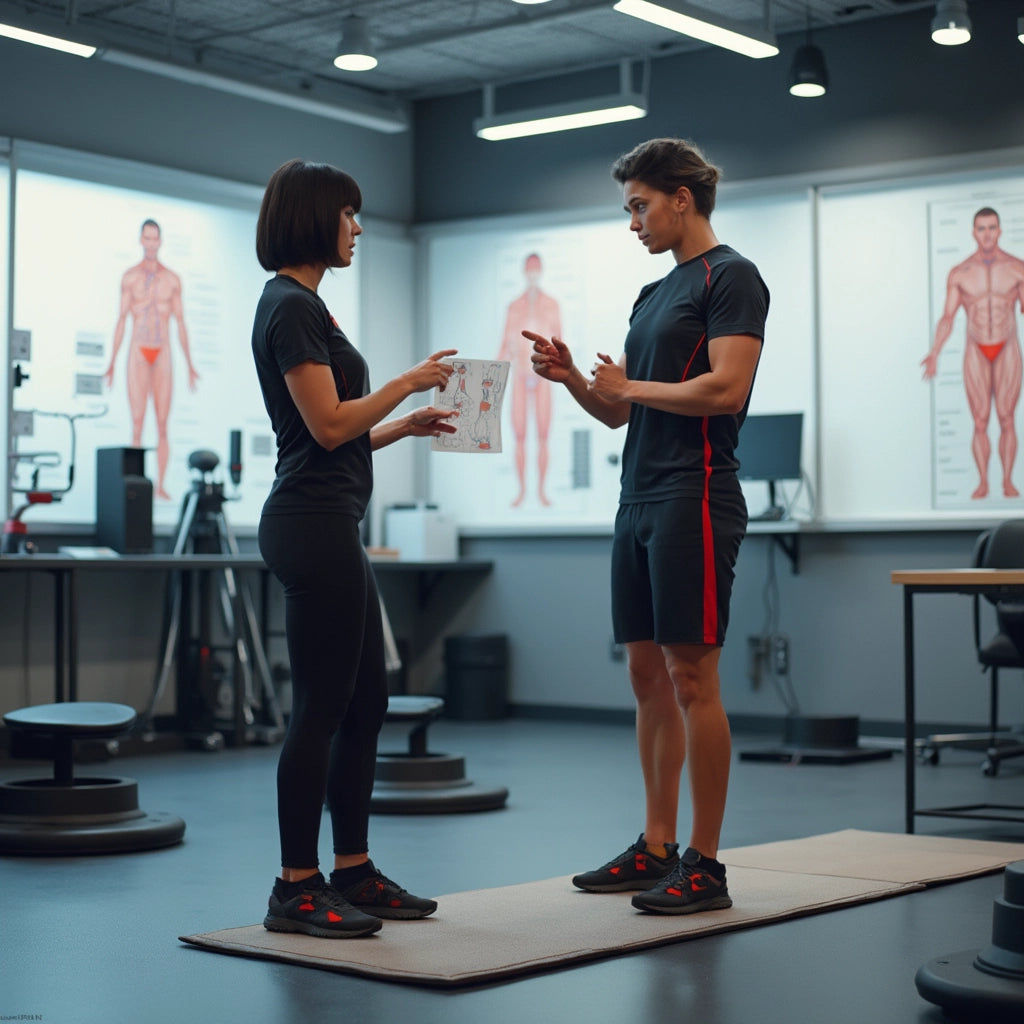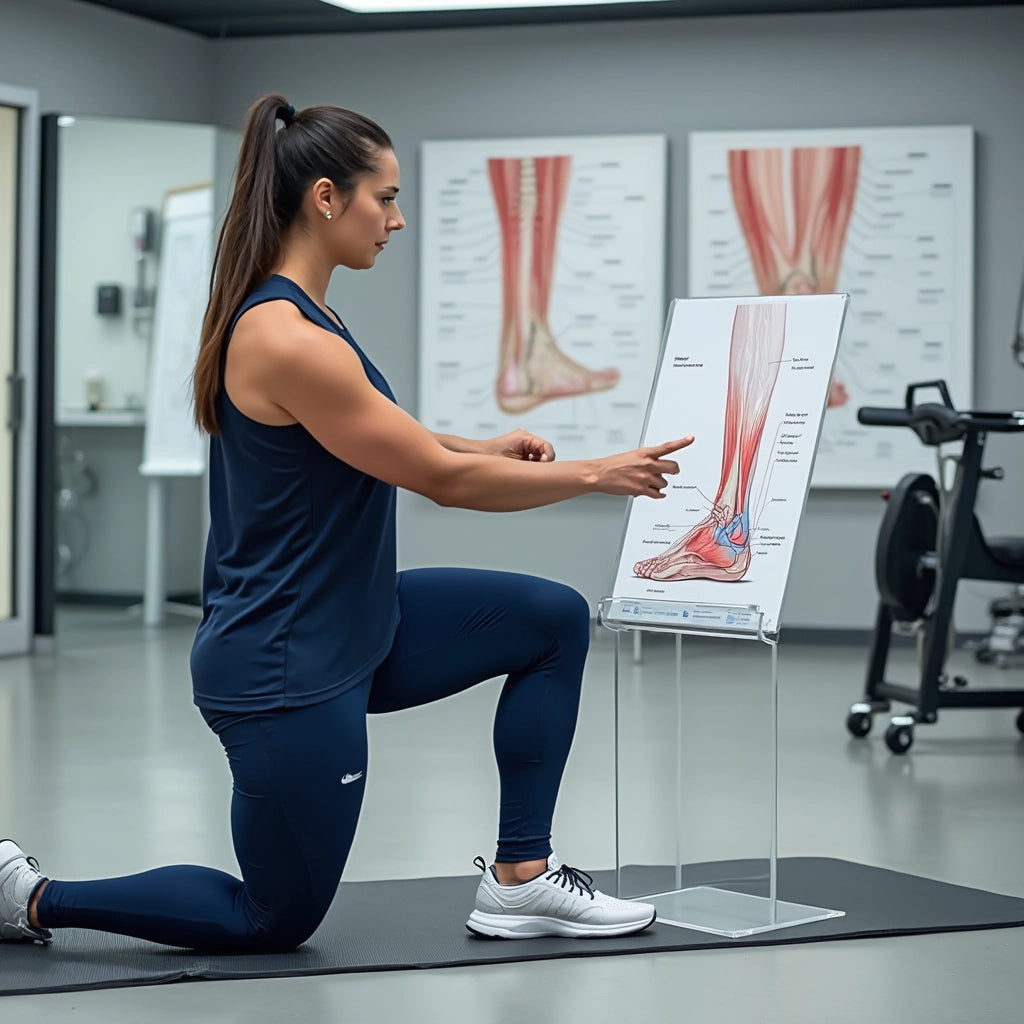The Science Behind Athletic Slipping: Unlocking Optimal Performance
When it comes to achieving peak athletic performance, every detail counts. Yet, there's one often-overlooked element that can make or break an athlete's performance: slipping. Understanding why slipping happens isn't just about buying the best footwear—it's about a complex interaction between your feet, socks, and performance surface. An engaging exploration into the science behind slipping can give athletes an edge in their respective sports.
The Critical Role of Friction
Successful athletic endeavors hinge upon maintaining optimal grip. But what exactly determines grip? At its core, grip relies on the friction coefficient between your feet, your socks, and the surface you perform on. This friction enables athletes to effectively channel force during explosive movements such as jumps, sprints, and cuts.
Key Factors Impacting Grip
Research highlights several critical elements that influence grip:
- Pressure Applied: The amount of force exerted by the athlete impacts the frictional interaction.
- Surface Conditions: The material and condition of the performance surface greatly affect grip.
- Moisture Management: Proper sweat management between the foot, sock, and shoe is vital.
- Interface Composition: The design of the footgear plays a significant role in grip efficiency.
When athletes understand these elements, they can make informed choices that optimize their performance surfaces and footwear.
The Impact of Moisture on Performance
Moisture is a formidable adversary in the quest for maintaining optimal grip. Accumulated sweat between the foot and sock or sock and shoe can lead to a phenomenon similar to hydroplaning, significantly reducing friction. Effective moisture management is thus essential for athletes seeking consistent grip performance.
The Role of Temperature
Temperature also influences grip performance. Generally, warmer surfaces offer better friction coefficients than cooler ones. This difference explains the variance athletes often experience when transitioning between indoor and outdoor environments or facing diverse weather conditions.
Material and Texture: The Unsung Heroes of Grip
The texture and the material composition of footwear, socks, and performance surfaces significantly impact athletic performance. Micro-interactions between fibers and surfaces create a multitude of contact points that define overall grip stability. Leveraging advanced moisture-wicking materials and engineered surface patterns can greatly enhance these interactions.
“Research shows that cutting maneuvers can produce forces up to 8 times body weight. Without proper grip, this force cannot be effectively transmitted.”
Understanding this highlights the critical importance of choosing the right performance gear, especially when it comes to grip socks and performance surfaces.
Strategic Choices for Athletes
For athletes serious about maximizing their performance, understanding these scientific principles is crucial. Prioritizing the right combination of moisture management, temperature regulation, and surface interaction can maintain optimal grip force throughout athletic engagement.
Strategic choices in selecting socks, like football grip socks or considering
custom socks can significantly impact performance. Subtle changes in gear and environmental understanding can lead to improved performance and reduced injury risk.Final Thoughts
Athletic slipping, often seen as a minor inconvenience, holds the potential to significantly impact performance. By comprehending the science behind slipping and making informed choices, athletes can enhance their prowess on the field.
Are you ready to step up your game? Consider exploring the benefits of optimizing your athletic gear with insights into footwear, surface interaction, and moisture management. Dive deeper into the world of performance optimization by visiting Nextwave Socks. Discover how subtle changes in your gear can lead to big wins on the field. Share your experiences or insights in the comments below and join the conversation on enhancing athletic performance.









